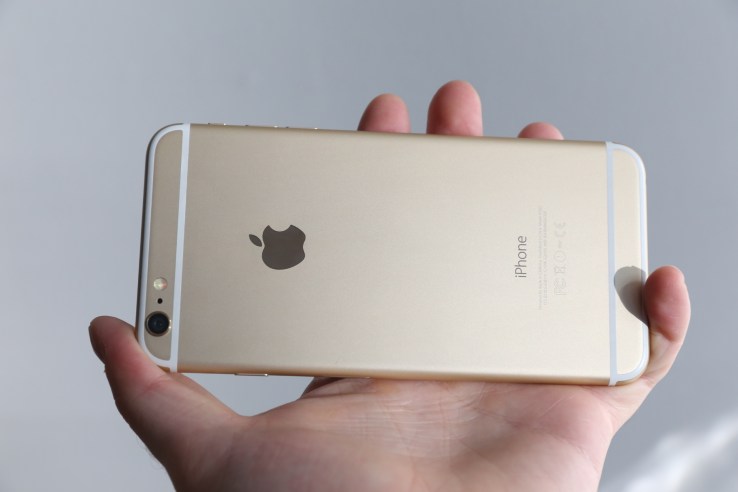
Apple has a new patent granted by the USPTO today (via AppleInsider), which describes a system that can actually re-orient an iPhone during freefall, changing the angle of its eventual impact with the ground after first determining how best to shift it to make sure the fall does as little damage as possible. The patent also includes descriptions of other more advanced and fantastic scenarios, including ejection devices for cables, and even retractable air foils to control the angle of descent, like those Elon Musk is testing for his reusable rockets at Space X, but built into an iPhone.
The actual meat of the patent has far more realistic goals, and uses existing tech to control the angle of a fall – the iPhone’s internal vibration motor. It’s still not super likely we’ll see these incorporated into new devices, as the tech described is a variation of the vibration motors contained in models that launched before the iPhone 6. The 6 and 6 Plus contain a different kind of tech to notify you via haptic feedback when a notification arrives.
It also would require that a phone’s various sensors, including the accelerometer, GPS, gyroscopes, as well as ones not yet introduced, including an ultrasonic emitter, be used in concert to determine the phone’s trajectory, spin and angle of descent in real-time, in order to tell the vibration motor how to spin correctly to shift the phone’s centre of gravity. In some ways, it’s quite literally rocket science, and seems like a huge allocation of resources to put into making phone falls slightly less destructive.
Still, it’s one of the biggest problems people still have with their mobile devices – you definitely see a huge number of active use devices with spider cracks snaking across their displays. Making meaningful strides in how effective smartphones are at taking falls would be a key way to innovate ahead of the competition, so anything’s possible.
No comments:
Post a Comment